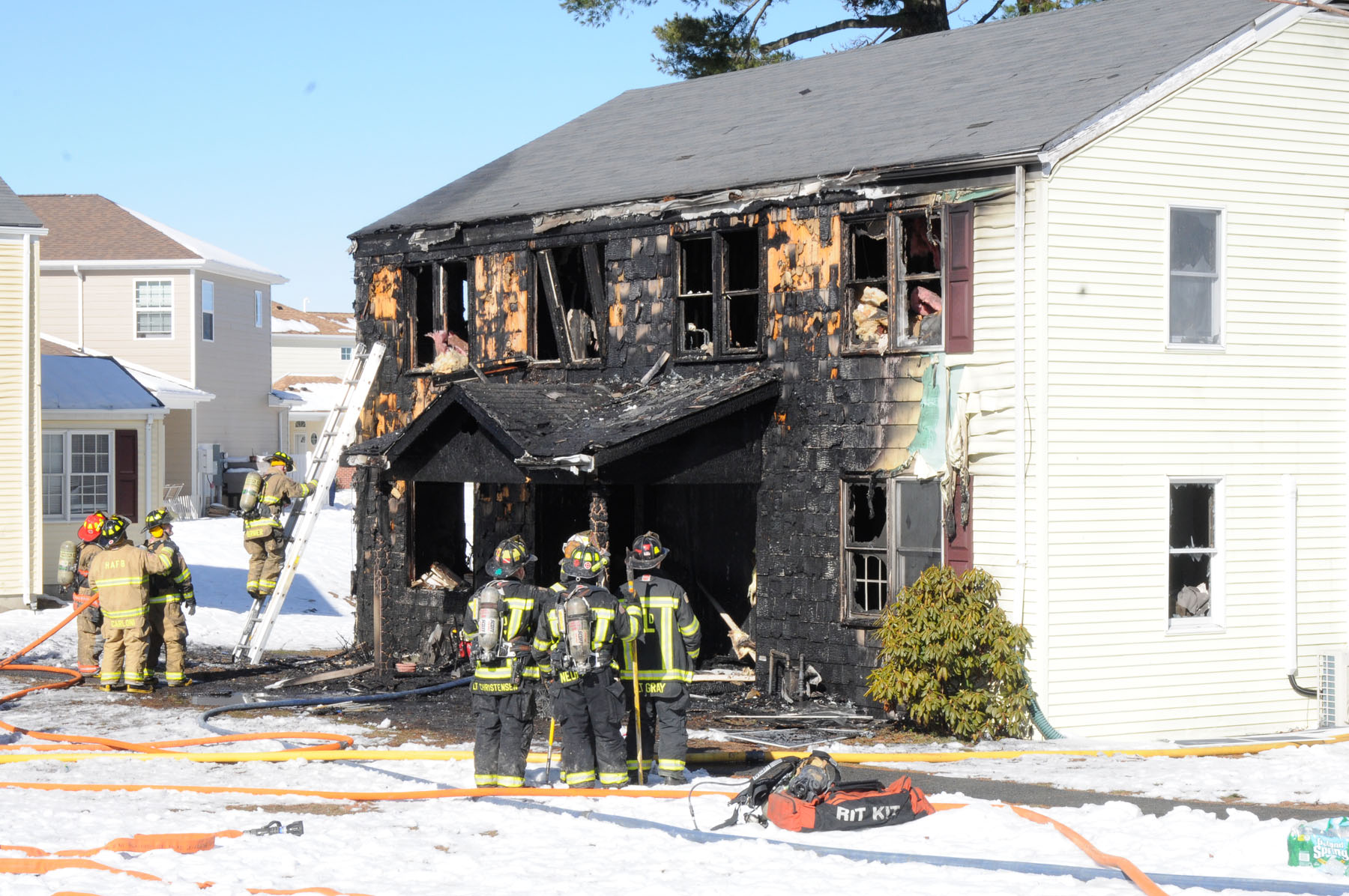
Accidents happen to the house roofs. Finding out the structure overhead needs to be replaced or repaired is a tedious process. A claim is filed and adjusters are brought in to help you through the steps of completing an insurance claim.
The first step of the insurance claim process is determined by how much damage occurred to the home or business. Specialists will identify any damage on the property and will explain the next steps in filing an insurance claim. This is followed by an inspection of the affected property, a face-to-face meeting with an adjuster, gaining a value on the property, restoration of the structure, and the reimbursement of what is left over after insurance.
Steps to Filing a Claim for a Roof
Loss Event
The loss event is defined as an event that results in a loss of the structure and is associated with any of the seven-operational loss event type categories. The date of the loss is required for the insurance company to file the claim. The information on how to complete the process is explained by the restoration process before continuing.
Inspection
Next, the roofing specialist will give a free, no-hassle inspection of the exterior and interior of the structure, looking for any sights of damage. If the inspector finds any damage, he will relay the information to the insurance company so an insurance agent can file the claim in order for the process to begin.
Adjuster
When a client files a claim, the insurance company will set a date and time to meet with the party affected by the event of loss. An adjuster helps with the following:
- Handles property claims involving damage to structure
- Liability claims involving personal injuries
- Third-person property damage
During the meeting, a list of damages, if any, will be observed and explained to ensure no crucial information is missing. All information is communicated back to the insurance company, so the affected party may get their home back to normal.
ACV
ACV is an acronym standing for Actual Cash Value, a method of finding the value of an insured property or the calculated property value. The value found through the ACV will be the first check given from the insurance company to be used as a down payment. The ACV can be calculated with the following formula:
- Replacement Cost minus Depreciation
The ACV formula represents the amount of money received for the damage as if you were to sell it in the marketplace. For what you would sell it for, you receive the dollar amount.
Build
Once the ACV check is received by the restoration company, the job is scheduled and ordered. This step includes:
- Water and fire damage: A restoration specialist conducts a thorough property inspection to see the aftereffects of flooding, sewage backflows, and fires.
- Storm damage: Weather occurrences like hail and wind can damage the roof or siding of a structure. Over time, the damage deteriorates, leading to unseen interior damages.
Internal and external disasters are messy situations and include the help of emergency contractors and debris removal before the rebuilding can begin. In this process, materials like slate, tar, rubber tiles, and shingles help with the rebuilding process as an emergency response team is hired.
Depreciation
The final step in the insurance claim process is depreciation. As stated before, this is involved with the ACV and will be the money given back to the client. This can involve two or more payments involving an immediate payment based on the list of damaged items and additional payments once the damaged or destroyed items are repaired with documentation as proof.
The process of filing for a restoration insurance claim is daunting. Backed by decades of experience in contacting and the insurance claims process, E3 Restoration & Remodeling helps get your life back together after sustaining insurance-related damage. For a hassle-free, easy experience, contact E3 Restoration & Remodeling for a free consolation today so your family can enjoy a better tomorrow.